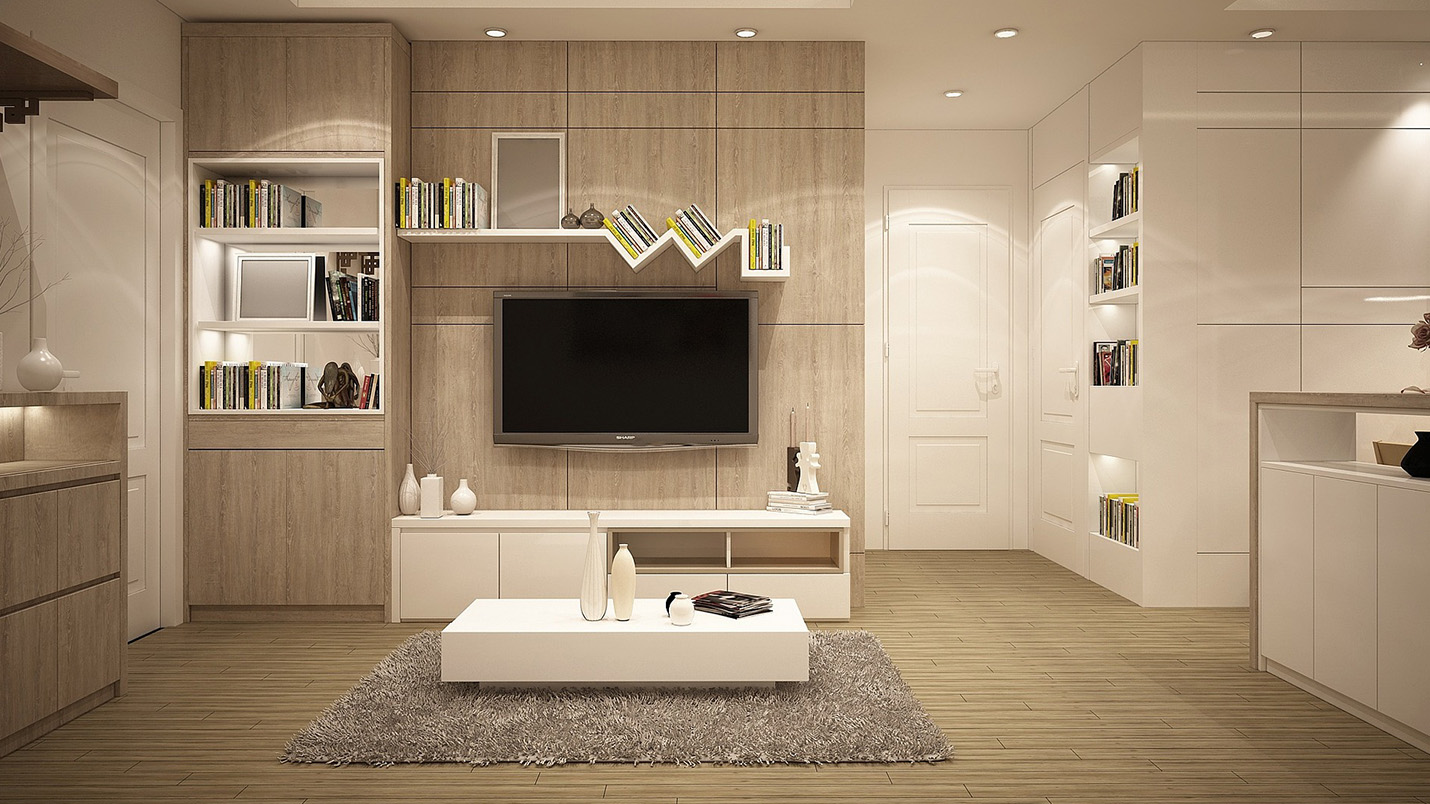Minimalist Marvels: DIY Projects for a Clean and Simple Home
Embracing minimalism not only declutters your living space but also promotes a sense of tranquility and calm. If you're looking to transform your home into a sanctuary of clean lines and purposeful design, these DIY projects are perfect for you.
In a world filled with constant noise and distractions, finding solace in the simplicity of our surroundings has never been more important. Minimalism in home design is more than just a trend; it's a lifestyle choice that promotes a sense of calm and clarity. By focusing on functionality and clean design, you can create a space that not only looks beautiful but also enhances your overall well-being.
The Benefits of a Minimalist Home
Clutter-Free Living
One of the most significant advantages of adopting a minimalist approach to your home is the elimination of clutter. A clutter-free environment allows for better organization and a clearer mindset.
Enhanced Focus and Productivity
A minimalist space encourages a more focused and productive mindset. With fewer distractions and a simplified layout, you can channel your energy into tasks that matter most.
Improved Mental Well-being
Studies have shown that a clean and uncluttered environment can have a positive impact on mental well-being. It reduces stress levels and promotes a sense of calm and tranquility.
Choosing the Right Materials
Embracing Natural Elements
When selecting materials for your DIY projects, opt for natural elements like wood, stone, and metal. These materials not only add a touch of authenticity to your space but also contribute to a more grounded and serene atmosphere.
Opting for Neutral Colors
Neutral color palettes are a hallmark of minimalist design. They create a sense of simplicity and elegance, allowing the focus to remain on the functionality of the space.
Investing in Quality Over Quantity
In a minimalist home, every item should serve a purpose. Invest in high-quality materials and pieces that will stand the test of time, rather than filling your space with unnecessary clutter.
DIY Project 1: Floating Wall Shelves
Materials Needed
- Floating shelf brackets
- Wooden planks
- Screws and anchors
- Level
- Drill
Step-by-Step Instructions
- Measure and mark the desired placement of your shelves on the wall.
- Install the floating shelf brackets using a level to ensure they are straight.
- Attach the wooden planks to the brackets using screws.
- Double-check that the shelves are level and secure.
Tips for a Seamless Installation
- Use wall anchors if your shelves will be holding heavy items.
- Paint or stain the shelves to match your existing decor for a cohesive look.
DIY Project 2: Multi-Functional Furniture
Transformable Tables
Invest in tables that can adapt to different functions. For example, a coffee table that can be raised to dining table height or a console table that can extend for larger gatherings.
Modular Seating
Opt for seating options that can be rearranged to accommodate different activities or guests. Modular sofas or floor cushions are excellent choices for a minimalist space.
Storage-Savvy Solutions
Choose furniture pieces with built-in storage, such as ottomans with hidden compartments or beds with drawers underneath. This maximizes functionality while minimizing clutter.
DIY Project 3: Minimalist Artwork and Decor
Less is More: Choosing Statement Pieces
Instead of filling your walls with an abundance of artwork, select a few impactful pieces that resonate with you. Allow them to take center stage and create a focal point in the room.
Creating Your Own Artwork
Put your creativity to work by crafting your own minimalist artwork. Simple line drawings, abstract paintings, or photography can all be effective in creating a clean and elegant aesthetic.
The Power of Negative Space
Don't be afraid to leave areas of your walls or surfaces bare. Negative space is just as important in minimalist design as the objects themselves. It allows each piece to breathe and be appreciated individually.
DIY Project 4: Zen Garden Retreat
Selecting the Perfect Location
Choose a quiet corner of your home or outdoor space for your Zen garden. It should be a place where you can retreat and find peace.
Choosing the Right Plants and Stones
Opt for low-maintenance plants like succulents or bonsai trees. Use smooth, polished stones to create patterns and a sense of calm within the garden.
Maintaining a Serene Atmosphere
Keep the surrounding area clutter-free and ensure that the elements of your Zen garden remain undisturbed. This will help maintain the tranquility of the space.
DIY Project 5: Streamlined Closet Organization
Decluttering Your Wardrobe
Begin by going through your clothing and accessories, keeping only those items that you truly love and wear regularly. Donate or sell items that no longer serve a purpose.
Customized Storage Solutions
Invest in closet organizers and storage solutions that cater to your specific needs. This could include shelves, hanging racks, and drawers tailored to your wardrobe.
Maintaining Order and Simplicity
Regularly revisit your closet to ensure that it remains organized. Avoid accumulating unnecessary items and prioritize a curated selection of clothing that aligns with your style.
DIY Project 6: Ambient Lighting Fixtures
The Magic of Soft, Diffused Light
Choose lighting fixtures that emit a warm, soft glow. Avoid harsh, bright lights that can disrupt the calm ambiance of a minimalist space.
Creating DIY Pendant Lights
Craft your own pendant lights using simple materials like wire frames and linen fabric. These handmade fixtures add a personal touch to your space.
Incorporating LED Strips
Utilize LED strips to create subtle, indirect lighting. Install them along shelves, under cabinets, or in alcoves to add depth and ambiance to your space.
DIY Project 7: Open-Concept Kitchen Shelving
Organizing Cookware and Utensils
Arrange your pots, pans, and utensils on open shelves in an organized and visually pleasing manner. This not only serves a functional purpose but also adds a decorative element to your kitchen.
Showcasing Minimalist Dishware
Select a curated set of dishware that complements the overall aesthetic of your kitchen. Display them on open shelves for easy access and as a design feature.
Maintaining a Clean and Inviting Space
Regularly declutter and clean your open shelves to prevent them from becoming overly crowded. This ensures that the minimalist aesthetic of your kitchen remains intact.

Home Improvement Guru




